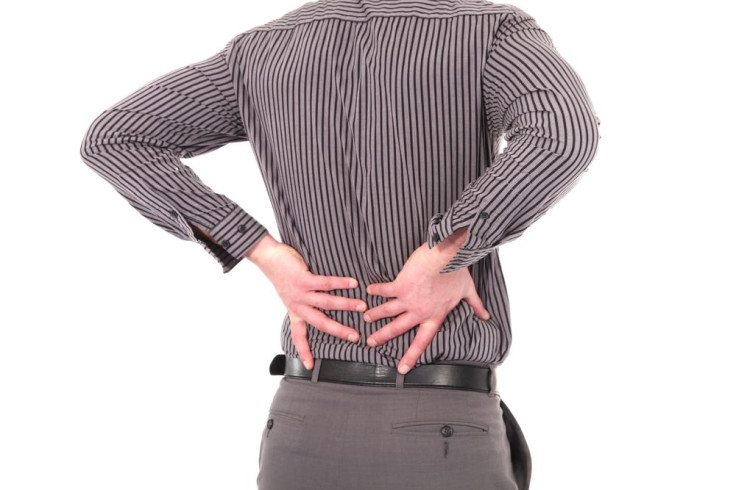Stop Slouching: Poor Posture Can Create Abnormal Spine Alignment And Drain Your Body Of Energy

By now, we have all heard about the dangers of sitting for too long, but we may not know that standing off-balance can be just as detrimental to our overall health. Practicing the correct way to stand can have a tremendous effect on the alignment of your neck, back, and shoulders. Unfortunately, poor posture can have an equally negative impact on the position of your spine that has the potential to last a lifetime. Finding the best way to stand, sit, and lift heavy objects is essential to avoiding both immediate and future spine difficulties, increasing your energy output and maintaining your desired physique.
“Your posture can give you a quick snap shot of your physical health and wellness,” Dr. Scott Hoar with Health-Fit Chiropractic and Sports Medicine told Medical Daily. “The different muscles and joints of your body require a certain flexibility to maintain its health and poor posture is the one of the first signs that someone is going wrong. Typically, poor posture of the head and shoulders indicates an inadequate pattern of control of the upper body. This pattern leads to poor flexibility and increases how much your body compensates during movement leading to more stress on the body.”
According to the Cleveland Clinic, posture refers to the position we hold our body upright against gravity while standing, sitting, or lying down. To avoid poor posture, we must train our bodies to stand, walk, sit, and lie in a position that puts the least amount of stress on the muscles and ligaments that support the spine, especially during movement and heavy lifting. Although many people believe poor posture comes with age and is unavoidable, there are certain changes to the way you sit and stand that can help prevent the development of spine weakening conditions.
First of all, a completely straight spine is not the goal for good posture. In fact, it’s impossible. Normal spine alignment includes three natural curves: cervical (upper spine, neck area), thoracic (middle spine), and lumbar (lower spine). These “c-shaped” curves are essential to balance and standing upright. When these curves become too big or small you can start to have trouble standing, and your posture will appear abnormal. Abnormal spine curvatures, also known as spinal deformity, include kyphosis of the thoracic spine and lordosis of either the cervical or lumbar spine. A more well-known condition, scoliosis, causes the spine to curve sideways into an "S" shape.
On top of spinal deformity, poor posture when either sitting or standing can also affect our energy output, make us look heavy and out of shape, cause stress, and cut off circulation. When 110 students from San Francisco State University were asked to either walk in a slumped position or skip down a hall, students who skipped had a lot more energy throughout the day compared to student who walked in a slouched position. Sitting or standing in a slouched position can also force all of our internal organs down, making our stomach protrude and causing physical discomfort. Standing in the correct position can help unfold our small intestines and promote a smooth flow through the gastrointestinal tract. Even though it may seem ladylike, crossing your legs can cut off an even flow of circulation in your legs. Make sure you keep your feet planted firmly on the ground while distributing weight evenly to both hips.
Some of the common mistakes we make while standing include slumping or slouching. Posturing in a slumped or slouched position can put added pressure on the vertebrae and can be done while sitting or standing. Sticking your butt and gut out is not ideal for correct posture and can develop into another spinal curvature known as anterior pelvic tilt. When standing, remember to keep your gut sucked in and hips rotated backward. Keeping our legs completely straight may seem right, but locked knees can spell trouble for your lower back. Try to keep a slight bend in your knees so that weight is distributed among your thighs and hips, instead of your spine. Lastly, many people make the mistake of holding their head forward and jutting out their chin. Whenever you're standing, walking, or sitting, keep your head in perfect alignment with your shoulders and keep your chin tucked in.



























